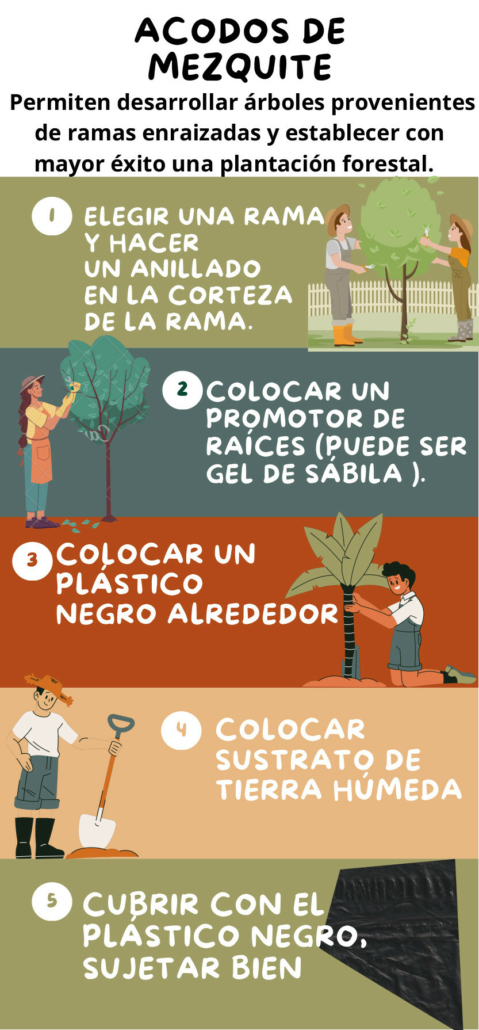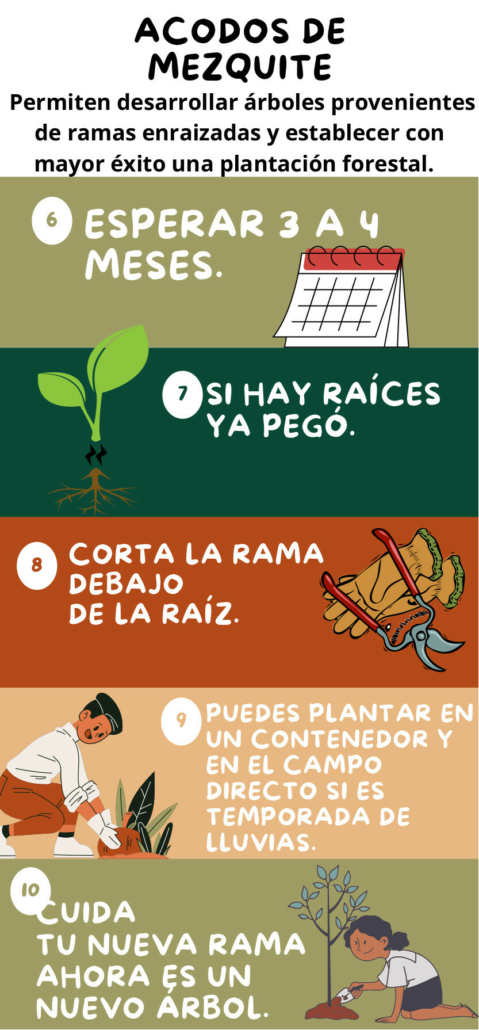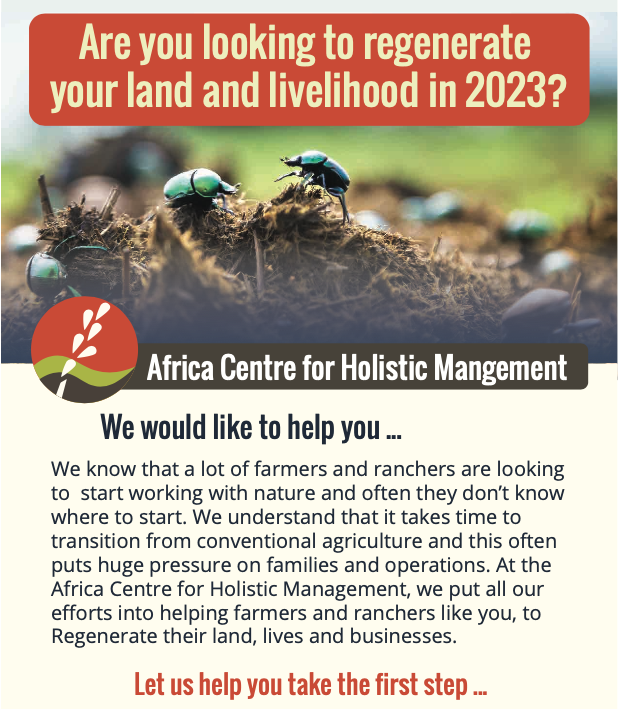The Results of an Ongoing Innovative Farmers Field Lab Indicate That Diverse Winter Grazing Crops Offer Major Benefits to Soil Health
/by Farmers GuideThe trial involves farmers comparing their usual winter forage of a brassica mono-culture with a diverse, 16-species fodder crop mix – including clovers, hairy vetch, ryegrass, spring oats, kale and linseed.
The aim is to investigate whether the multi-species mix can reduce soil erosion and increase biodiversity by creating wildlife habitats while providing a nutritional crop that maintains animal health and performance.
According to project coordinator Sarah Whaley from the Farming Wildlife Advisory Group (FWAG), the beneficial effects provided by the diverse mix were evident from very early on following establishment. When compared with adjacent mono-crop fields, there was significantly greater pollinator presence on the trial side, owing to the greater amount of forage available for these species.
Invertebrates in general were also far more abundant in numbers and diversity on trial fields, which had a knock-on effect on bird numbers.
KEEP READING ON FARMERS GUIDE
Agricultura Regenerativa: transición a una gestión ecosistémica de la agricultura
/by Karina López IvichLa agricultura pasa por tiempos de gran complejidad, enfrenta grandes retos, ante la preocupación por la seguridad alimentaria, la necesidad de prevenir la degradación ambiental y mejorar las condiciones de la tierra para la producción agrícola, así como condiciones climatológicas adversa, escases o ineficiencia en el uso del agua, complicaciones en la cadena de suministro, etc. Estas condiciones generan la necesidad de enfoques nuevos e innovadores para la producción agroalimentaria sostenible. El objetivo ya no es simplemente maximizar la productividad, sino optimizar en un panorama mucho más complejo de interacción entre la producción, las condiciones ambientales y la justicia social.
Por las últimas décadas se han llevado a cabo iniciativas para cambiar prácticas agrícolas a una producción menos dañina al medioambiente. Por ejemplo, el término agricultura sustentable se refiere a prácticas agrícolas que buscan producir cantidades adecuadas de alimentos, de alta calidad, a la vez que son rentables y ambientalmente seguras.
SEGUIR LEYENDO EN PROYECTO PUENTE
¿Por qué la agricultura regenerativa es crucial para el medio ambiente?
/by Alejandra Gloria PiñaEl suelo fértil es la condición principal, no sólo para el bienestar del ser humano, sino también para su existencia. Por eso, la agricultura regenerativa, junto con otras prácticas agrícolas respetuosas, como la siembra directa, conservación del suelo, agricultura orgánica, es fundamental y beneficia al suelo, revitalizando y manteniendo su fertilidad para el futuro, teniendo en mente las próximas generaciones. La degradación del suelo, al reducir significativamente el valor nutricional, la biodiversidad y las áreas adecuadas para la siembra, provoca escasez de alimentos a largo plazo. Las técnicas de agricultura regenerativa tienen como objetivo mitigar las consecuencias negativas de las actividades agrícolas.
¿Qué es la agricultura regenerativa?
La agricultura regenerativa consiste en rehabilitar el suelo y mantenerlo productivo el mayor tiempo posible para evitar la expansión agresiva a nuevas áreas, por ejemplo, talando bosques. La fertilidad del suelo es necesaria no sólo para producir cultivos que satisfagan las necesidades humanas…
SEGUIR LEYENDO EN ALIANZA ALIMENTARIA
The Case for Regenerative Agriculture in Germany—and Beyond
/by Torsten Kurth, Benjamin Subei, Paul Plötner, and Simon KrämerIn a world where the effects of global warming are on the rise and where pressure to mitigate them is growing rapidly, the global agri-food system faces a major problem.
It is, of course, vital to the survival of the world’s billions of people as a source of both food and livelihoods. But at the same time, its contribution to climate change and biodiversity loss is immense, and it is among the industries most affected by these ecological crises.
Regenerative agriculture, we argue, is the only approach to farming that can overcome the agriculture industry’s status quo by significantly reducing the industry’s negative environmental impact on our land and climate, increasing its positive impact, and economically benefiting the entire agri-food value chain—from farmers to food manufacturers to retailers to consumers.
In Germany, the economic, social, and regulatory pressure on the agriculture system is especially intense.
KEEP READING ON BCG
Imagining A Greater Organic Reset
/by Ronnie CumminsOCA often talks about our long term goal: making organic and regenerative food, farming, and land use (and natural health) the norm, rather than just the alternative. As our longtime ally Vandana Shiva points out, this would be “the solution to the soil crisis, the food crisis, the climate crisis, and the crisis of democracy.”
OCA and its allies worldwide are dedicated to addressing critical issues of climate change, soil health, biodiversity, water pollution and scarcity, nutrition, environmental contamination, deteriorating public health, forced migration, economic justice, and rural economic development. But what do we need to do to make this goal a practical reality? What would an “Organic Greater Reset” look like.
We need to stop corrupt politicians and the global elite from subsidizing chemical and fossil fuel-intensive agriculture, GMOs, lab food, and factory farms. We need to pay organic farmers and ranchers, not only a fair price for the food and products they produce, but we need to pay them for sequestering excess atmospheric carbon in soils and above ground plants and trees, as well as providing other key environmental services such as preserving clean water, improving soil fertility, protecting biodiversity, wetlands, and wildlife habitat, and rehydrating and reforesting parched landscapes.
Following recent policy reforms and recommendations in the European Union, strongly supported by our organic allies in the EU, we need raise our expectations and our demands in the US and North America. We need to set a goal of 25% of food and farming being organic by 2030, or as soon as possible.
In global terms this means we need to do everything we can to make certain that 25% of the world’s 600 million farmers become certified organic by 2030. On the individual and community level this means boycotting chemically-tainted and GMO products and buying organic today and every day. It means taking back our health and our health and food choices from Big Pharma, Big Food, Bill Gates, and the WHO. It means practicing preventive and natural health with organic food, natural herbs, and supplements. It means teaching our youth and those victimized by Big Food and Big Chains by example. It means staying out of restaurants and coffee shops, especially the chains, unless they are sourcing local and organic products. It means cooking at home with organic fresh foods and ingredients, boycotting factory farmed meat and animal products and replacing these with grass-fed or pastured alternatives.
It means improving our cooking and home economic skills, and growing as much of our own food as possible in home or community gardens. It means working with family farmers to make the transition to organic and regenerative. Buying direct from organic and local farmers, independent retailers, co-ops, and buying clubs. Looking for “organic plus” add-on labels and producers such as the Real Organic Project, Biodynamic Demeter Organic, American Grassfed Association, and Regenerative and Organic Certified. Last, but not least, demanding that politicians and local institutions stop subsidizing chemical agriculture, GMOs, and highly processed junk food.
There are currently 13.4 million producers certified as organic globally, and an estimated (by the UN) 55 million more farmers producing organically or near-organically, but who are not yet certified for one reason or another. Presently there 16 nations in the world with 10% or more of their farmers certified as organic. The global market for certified organic food and products is projected to be $437 billion dollars in 2026. OCA’s goal, as part of a global movement, is to help the certified organic market grow to 1 trillion dollars by 2030, or as soon as possible thereafter. There are currently over 180 million acres of agricultural land certified as organic and 50 million acres of grazing lands under holistic livestock management. We need 1-3 billion global acres under organic and regenerative management, as soon as possible. This will enable us to move to net zero and “net negative” emissions as soon as possible.
Moving Past Zero to “Net Negative” Emissions
The climate crisis and its collateral damage: severe droughts, floods, violent weather, rising sea levels, and unprecedented phenomena like the disruption of the polar vortex and jet stream (causing extreme cold or heat waves), are real, as every farmer, including myself and those of us in the Regeneration International network, can attest. Don’t let yourself be confused by the fact that the fossil fuel industry, corrupt politicians (both Democrats and Republicans), and would-be global dictators such as Bill Gates, Klaus Schwab, and the World Economic Forum either deny that the climate crisis is real (or important), or else want to use the crisis as an excuse to gain political power, greenwash their corruption, or trample democratic rights and political sovereignty and implement an authoritarian, Chinese Communist Party-style “Great Reset” or New World Order.
Current annual global greenhouse gas emissions are 37 billion tons of CO2e. We need to reach net zero and net negative emissions as soon as possible if we are to avoid runaway global warming, wholesale biodiversity collapse, climate catastrophe, endless poverty-driven conflict, forced migration, and wars. The only way we can do this is to make organic and regenerative food, faming and land use the norm.
Even if the world transitioned to 100% renewable energy tomorrow, this would not stop the ongoing terrestrial temperature and sea level rises and weather extremes. The world will continue to heat up because CO2, unless we can draw it down into our soils and forests, lasts between 300 to 1,000 years in the atmosphere. The heat in the oceans will continue to adversely affect the climate until it slowly dissipates.
We are in the early stages of a climate emergency now. We must reduce greenhouse gas emissions, conserve energy, speed up the transition to renewable energy, preserve and regenerate our forests, restore ecosystems and landscapes, and make organic and regenerative food, farming, and land use the norm, not just the alternative. As organic farmers and consumers we have a crucial role to play.
What is the 2023 Farm Bill and What you Need to Know
/by Kiss the GroundThe 2023 Farm Bill is the largest piece of packaged legislation in the U.S. government that funds the nation’s food and agricultural system, which impacts nearly every aspect of farmers’ lives and work, influencing what they produce, in what quantities, and the practices that they are able to implement on their lands. Thus, it impacts every American’s life as well.
The Farm Bill at present prioritizes conventional agriculture models first set in motion in the 1930s, allocating only 1% of the budget for educational, renewable, and regenerative solutions.
In this article, we’ll review the history and present-day of the Farm Bill, details on the proposed Farm Bill for 2023, and how Regenerate America™ aims to bring regenerative, equitable solutions – with healthy soil and farmers at the center – into new legislation. Renewed every 5-7 years, this upcoming 2023 Farm Bill will last through at least 2028.
KEEP READING ON KISS THE GROUND
La agricultura regenerativa: Regeneración del suelo
/by Sostenible o SustentableLa agricultura regenerativa es un enfoque innovador para la producción de alimentos saludables que se basa en la regeneración de la fertilidad del suelo. A través de prácticas sostenibles como la rotación de cultivos, la cobertura del suelo y el uso de abonos orgánicos, la agricultura regenerativa busca restaurar la salud del suelo y promover una mayor biodiversidad en los campos.
A medida que el mundo se enfrenta a desafíos cada vez mayores en materia de sostenibilidad y cambio climático, la agricultura regenerativa se presenta como una solución prometedora para garantizar un suministro alimentario sostenible a largo plazo.
¿Qué es la agricultura regenerativa?
La agricultura regenerativa es un enfoque sostenible y holístico para la producción agrícola que busca regenerar los suelos, la biodiversidad y las comunidades rurales, y reducir la dependencia de recursos externos mediante la implementación de prácticas agrícolas naturales y culturales tradicionales.
SEGUIR LEYENDO EN SOSTENIBLE O SUSTENTABLE
5 Benefits of Regenerative Agriculture – and 5 Ways to Scale It
/by World Economic FundIn past years, we’ve seen regenerative agriculture move from a being more of an elusive concept to a proven solution, and an answer to the future of farming. Yet despite the clear benefits, it is not scaling fast enough. To us, this is both frustrating and encouraging: frustrating because the solutions are already available; encouraging because we don’t have to reinvent the wheel.
As defined by One Planet Business for Biodiversity (OP2B), regenerative farming aims to enhance the farm ecosystem, rather than exhaust it, through nature-based solutions.
In November, the Sustainable Markets Initiative Agribusiness Task Force launched the report “Scaling regenerative farming: An action plan”. In it, we highlight that
-
Regenerative farming on 40% of the world’s cropland would save around 600 million tons of emissions. This is around 2% of the total, equivalent to the footprint of Germany.
-
But in order to limit climate change to 1.5 degrees, it must be scaled faster.
KEEP READING ON WORLD ECONOMIC FORUM
All charitable donations are deductible to the full extent allowed by the law.
+1 952-777-3239
© 2019 Regeneration International



